It wasn’t just any civilian*, it was one of America’s most famous celebrities at the time, Charles A. Lindbergh.
Lindbergh, famous for making the first solo non-stop transatlantic flight from New York to Paris in his single-engined Spirit of St Louis aircraft in 1927, wasn’t supposed to be in the South-West Pacific theatre in May 1944.
He had got permission from the US War Dept to visit the US Marines F4U Corsair squadrons in the now quiet South Pacific Area (Guadalcanal) in his role as a “civilian technical assistant”, liaising between the Marines and the F4U manufacturer, United Aircraft Corporation (UAC). Before long he was flying missions as an “observer” pilot on patrol, escort, and ground attack missions.
UAC were interested in developing a new twin-engine fighter, so Lindbergh hitched a lift to New Guinea in the South-West Pacific Area where the 475th Fighter Group were flying the P38 Lightning on the front line. Again, blind eyes were turned and before long the 475th’s Commanding Officer Charles MacDonald, was taking him on strafing and bombing missions… from which Lindbergh was returning with much more fuel in his tanks than the ace pilots he was flying with.
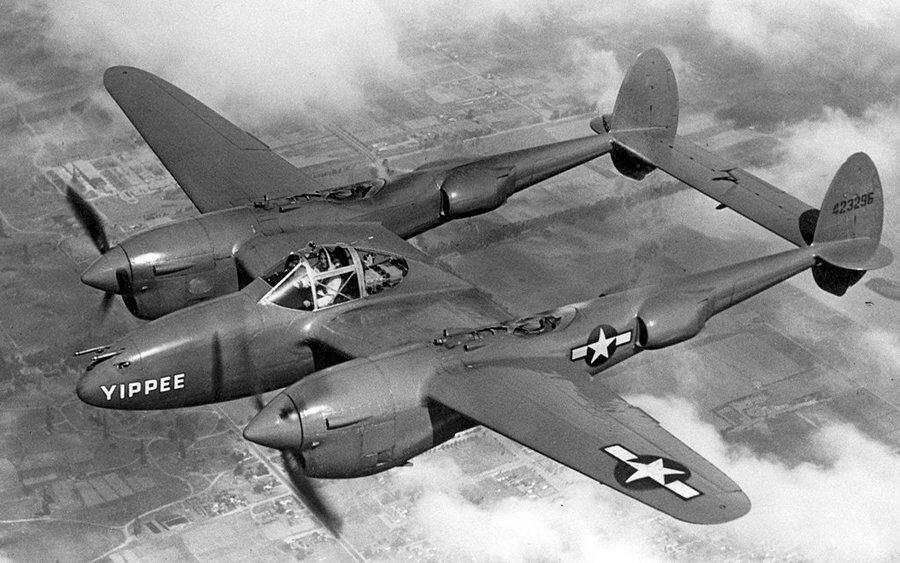
Nobody in the War Dept or General HQ knew that Lindbergh was in the war zone, but when General George C. Kenney, the Commander of the 5th Air Force learned about it from a war correspondent, he immediately summoned him to his office.
Kenney was struggling with one particular operational issue – range. In the South-West Pacific Area missions were flown at long distances over water or inhospitable jungle to remote airfields and targets. Weather too, could be extreme and force re-routing and extra fuel consumption. Now, THE definitive expert on fuel efficiency – the man who flew the Atlantic and landed with fuel still in his tank – had turned up on his airfields and Lindbergh was already teaching P38 pilots how to juggle their engine manifold pressure, fuel mixture & revs to gain a couple of extra hours flying time on an 8 hour mission!
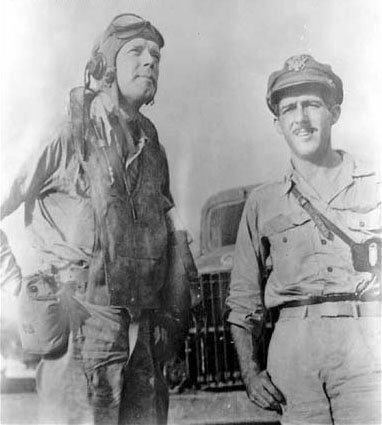
and commander of 431st Squadron,
Maj. Thomas B. McGuire Jr.
(Photo: U.S. Air Force, public domain)
With General Douglas MacArthur’s blessing, Kenney put Lindbergh to work and within six weeks the P38s were flying 50% further and aiming for a 100% increase in range. All this meant flying combat missions, but Kenney was keen not to have his celebrity civilian shot down, and Lindbergh was kept away from dangerous areas, which was just as well because if he had been captured the Japanese would have treated him as a war criminal.
Nevertheless, on 28 July 1944 as an official “observer” with permission to fire his guns in self defence, “Mister Lindbergh”” was flying on escort duty over Ceram Island** when his flight went to assist some P38s in a scrap over the Japanese airstrip on the coast at Amahai. Two experienced Japanese pilots in their rather slow Mitsubishi Ki-51 Sonia light bomber/reconnaissance planes, had out-flown their American attackers who had almost expended their ammunition.
By the time Lindbergh’s flight arrived, one of the Sonias had been shot down before it was able to reach the protection of the airstrip’s anti-aircraft guns, and the other, piloted by Captain Shimada, was heading out to sea trailing smoke. Turning back to put up a fight, Shimada came face to face with Lindbergh.
In his diary Lindbergh wrote: “I start firing as the plane is completing its turn in my direction. I see the tracers and the 20’s find their mark, a hail of shells directly on the target. But he straightens out and flies directly towards me.
“I hold the trigger down and my sight on his engine as we approach head on. My tracers and my 20’s splatter on his plane. We are close, too close, hurtling at each other at more than 500 mph. I pull back on the controls. His plane suddenly zooms upward with extraordinary sharpness.
“I pull back with all the strength I have. Will we hit? His plane, before a slender toy in my sight, looms huge in size. A second passes – two – three – I can see the finning on his engine cylinders. There is a rough jolt of air as he shoots past me.
“By how much did we miss? Ten feet? Probably less than that. There is no time to consider or feel afraid. I am climbing steeply. I bank to the left. No, that will take me into the AA fire above Amahai strip. I reverse to the right. It has all taken seconds.
“My eyes sweep the sky for aircraft. There are only P38s and the plane I just shot down. He is starting down in a wing-over, out of control.”
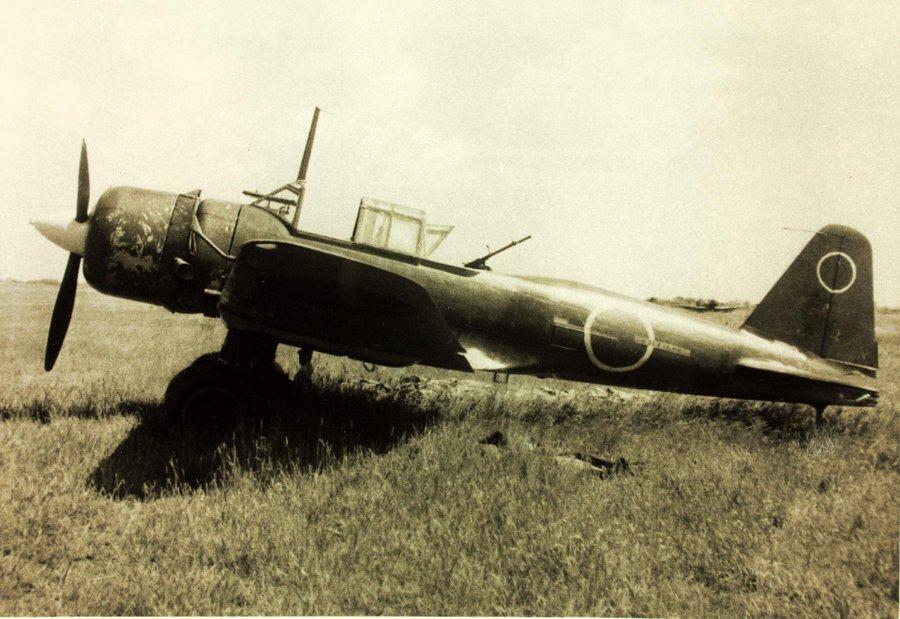
Lindbergh watched the Sonia hit the sea. It’s a ‘kill’ but not one that is entered in the 475th’s official record.
Three days later, on 1st August, Lindbergh gets caught up in a dangerous dogfight with Japanese fighters and the authorities decide enough is enough. By mid August, Charles A. Lindbergh is on his way back to the USA.
* Lindbergh had been a Colonel in the US Air Corps Reserve but had resigned in a huff in 1941 after President Roosevelt took issue with his isolationist views on the impending war with Germany.
** Now called Seram Island, the largest and main island of Maluku province of Indonesia.





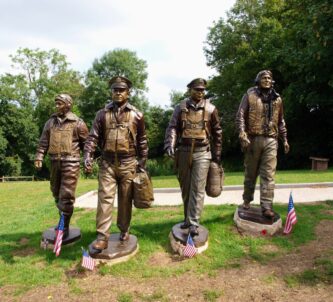
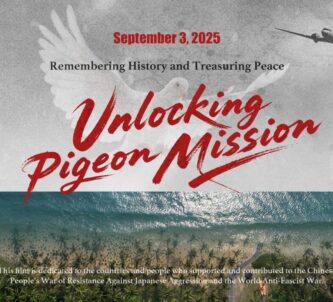

The Government wouldn’t have him in Europe since he was a suspected Nazi sympathizer!
Yeah, that’s true. He had a dodgy reputation in the US too, which is why he wasn’t already made a re-commissioned officer in the US military when the Americans got into the war.
Was he no a spy for the USA that is why he went to Germany. To see the Germany War machine
Didn’t Mr. Lindbergh also help with bomber range? Effectively giving our Pacific bomber fleet an extra couple of hundred miles range? I watched a show where the Japanese were totally surprised by a bombing out of their understood range of our bombers, all thanks to Mr. Lindbergh.
Hi Jonathan. I didn’t know about that, but I’m not at all surprised. He was an amazing aviator. It would make total sense to make use of his expertise wherever possible.
Nice Segment on Lindbergh thanks
Pleasure! 🙂 It’s interesting, isn’t it? Amazing career!